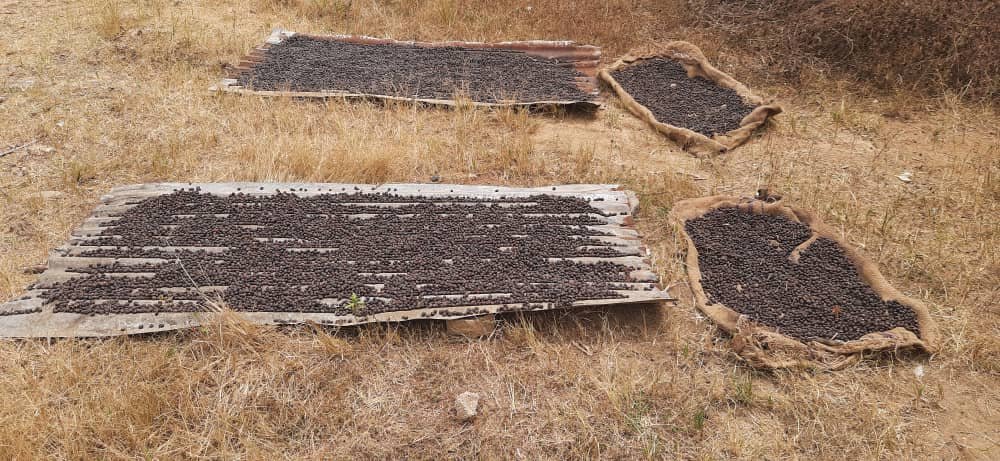I’ve been fortunate over the past 3 years to work on various coffee projects, but the one that troubles me the most, is a project working with Robusta in Western Africa. It isn’t the apprehension of working with Robusta that concerns me the most, far from it, but what does is the historical remnants from our Colonial past and the legacies of what was taught that remain.
Year 1
The first year I received samples from this particular area were low grade and frankly the quality was modest at best. However, with some suggestions of what to change and a determined business owner, the coffee arrived the following year with a remarkable difference. A much lower defect count, a more homogenous lot and as a result, a better cup quality. The change in 1 year was notable and expectations for year 2 were high.
Year 2
There are few companies who currently single out small micro lots of Robusta, but thankfully we are seeing a change. Forward thinking, entrepreneurial, and innovative thinking were behind the second year of working together.
Small lots were chosen from various producers from different geographical locations and the plan was to try and pinpoint the more interesting lots for future purchasing. The excitement level was high, and I was incredibly interested to taste the various options.
The company had invested a huge amount of time in this harvest and were hopeful of strong results. However, when the coffee arrived, I knew before roasting that there was a problem. Musty, moldy and off notes could be sensed in the green samples, and although free of many of the defects we encounter in coffee, the cupping results were poor.
The conclusion of my report was based around drying. I had a long conversation with my contact and asked some pertinent questions to try and identify the cause of these issues, and it did indeed lead back to problems caused by drying, and it was twofold.
Firstly, the coffee had been dried on the ground, without any protection, where hygiene is compromised. And secondly, the coffee had been partially dried, then hulled, and transported to a drying facility, where drying was finished off until the desired moisture content was reached.
The coffee had been hulled while still containing a relatively high moisture content (over 12%), then bagged and moved to a drying facility, thus promoting an environment for the development of mold and musty notes. When asked why these steps were used, the answer was “We were taught to process in this way, and farmers trust these historical methods”.
The hardest part of this entire project is trying to change the mind of a producer/farmer when they’ve been taught “the right way” when in fact contrary to that thought, they’ve actually been taught “the wrong way”.
Education and science are constantly evolving and we must ensure that we are inclusive of everyone in the industry as we all grow and learn together.
New Robusta harvest
Making use of materials to ensure drying happens off the ground!


